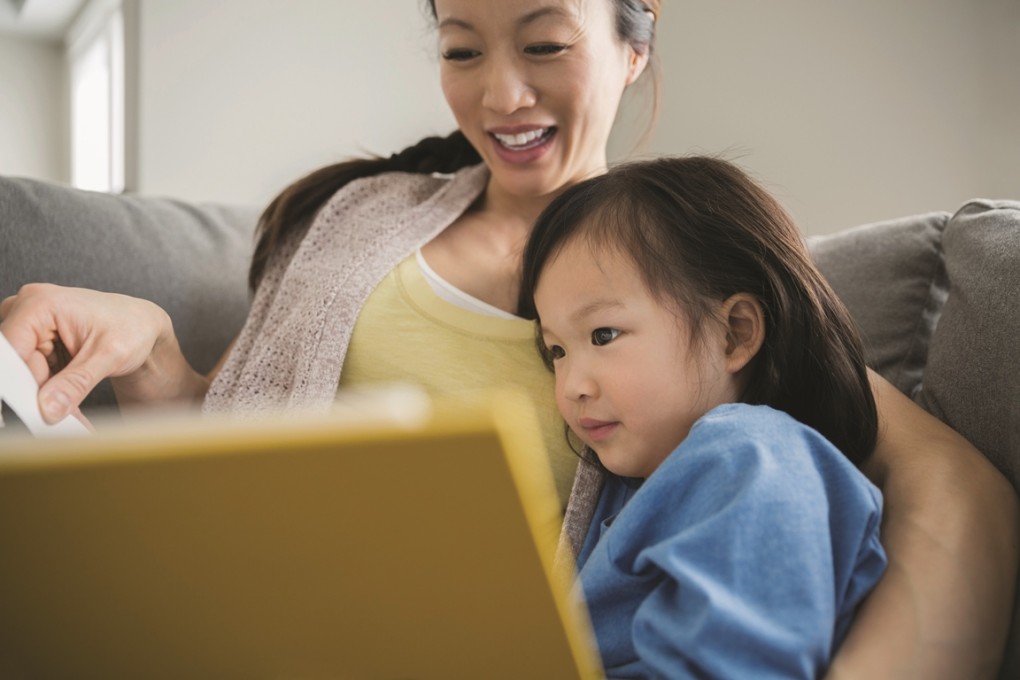E-embracing makes the difference
Parents learn to manage children’s relationship with technology.

We live in the rapidly moving age of technology, but what is “e-parenting”? It might sound a bit sci-fi: robots managing children instead of human parents. But what it actually refers to is how parents manage their children’s interaction with technology.
We’re now so accustomed to technology that we don’t consider just how much our daily lives rely on it, starting with our Octopus cards. At school, children are now using iPads from a young age as an integrated part of their learning experience – and technology will continue to impact education. We can expect that our children will also need to have a basic education – to say the least – in how to code, too.
But what about at home? From just 12 months of age or so, children might reach for their parents’ iPhone after a photo is taken, in order to view it immediately. They might even swipe through the camera roll – it’s something they learn from so young an age. Skype and other internet video calling apps have become a precious lifeline, connecting children to their hardworking parents or overseas relatives. Tablets have become a method for learning and for entertaining younger children, with a range of apps that teach colours, numbers, letters, and spelling, or tell stories.
Then there’s the other side of technology, which most parents struggle to manage or even dislike outright: games, social networking and simply too much screen time. We don’t want our children to go goggle-eyed in front of a screen; we want them to learn, run around and play in a more traditional sense, too. And since these technology developments aren’t going anywhere, it’s vital that parents get a grip on how to approach and manage technology in the home, because unlike us, our children will be “tech natives”.
A good place to start is to recognise that it’s not all bad. Not all games are bad, either. Minecraft, where players build worlds, is the best-selling game to date, despite its pixelated style graphics – which might be more advanced than Paperboy on the Commodore 64, but which still have a certain old-world touch to them. So it’s not necessarily the high-end CGI that wows children, but the play factor. And if the play specifications are well thought out, then it actually might be as good – and as educational – as it’s proving to be.
Play specifications are what toy and gaming companies centre their products around: they are the unseen design that turns a product into a hit. Think of Lego. It looks simple, but it gives users the ability to imagine, play and create. At design conferences, Lego Serious Play offers audiences a set of six pieces to prove that the matrix of possible outcomes is endless, because it’s the creativity behind it that counts. On a very simple level, Minecraft works the same way, but it’s computer-based and contains a range of problem-solving tasks. And guess what: there’s a school-ready version of Minecraft called MinecraftEdu, especially for schools.